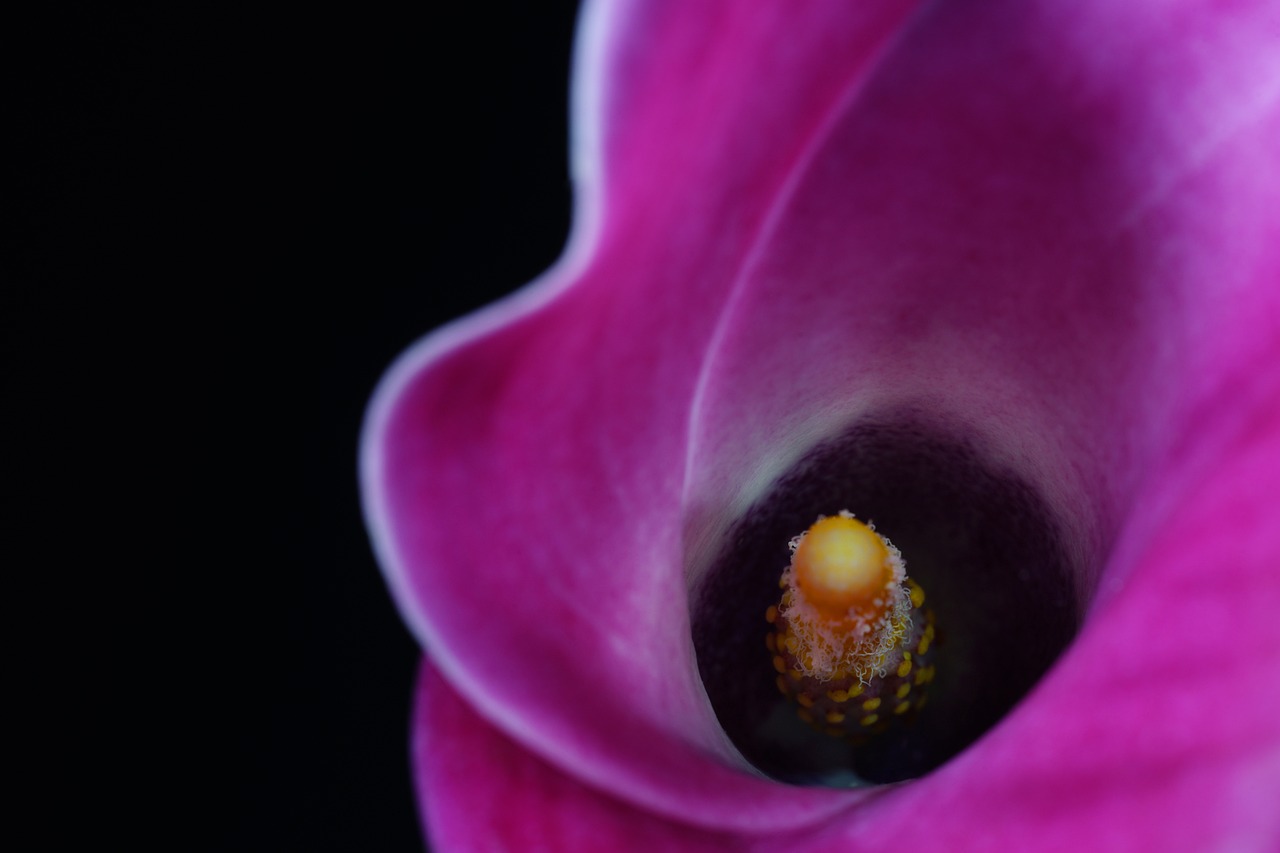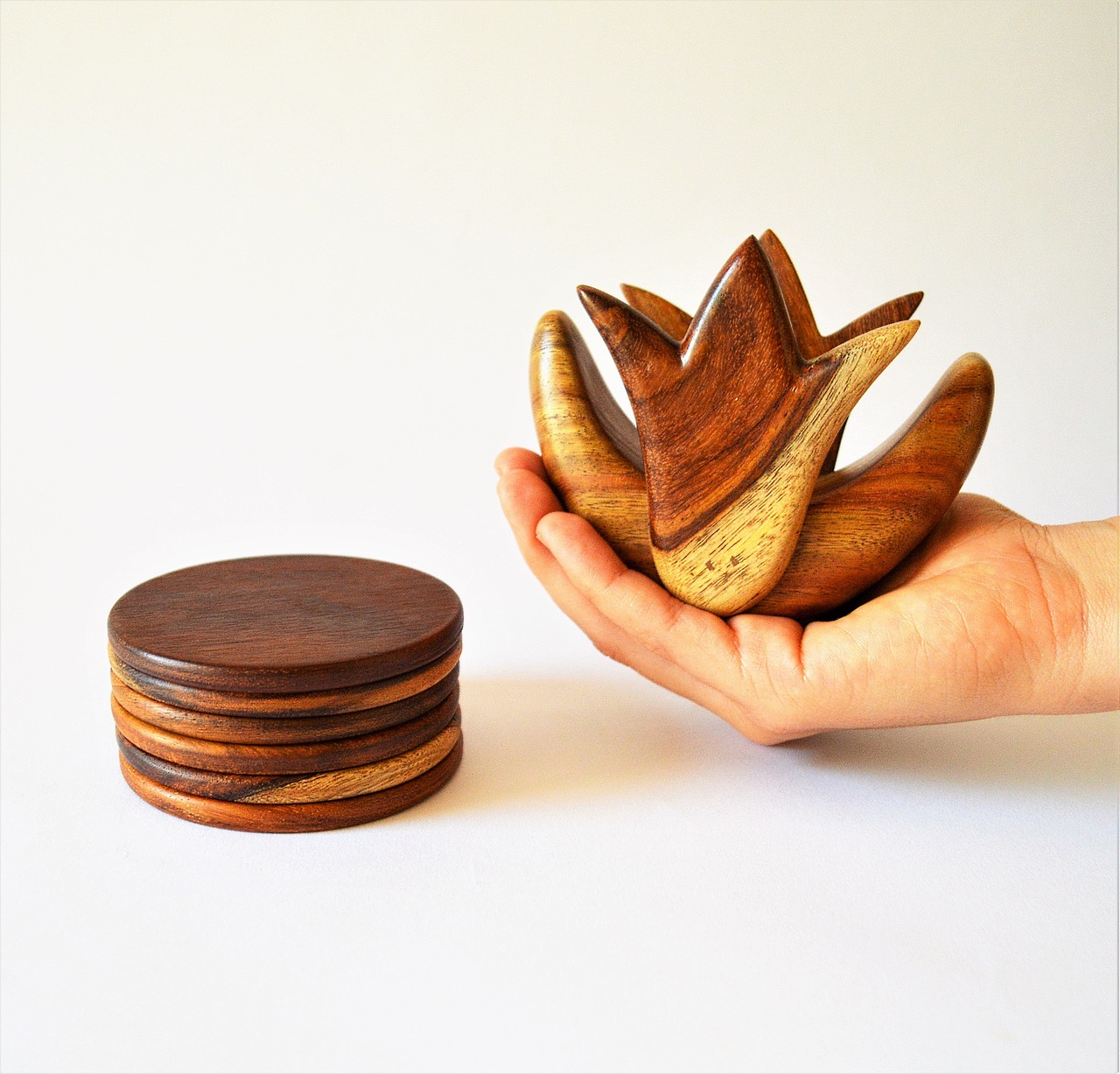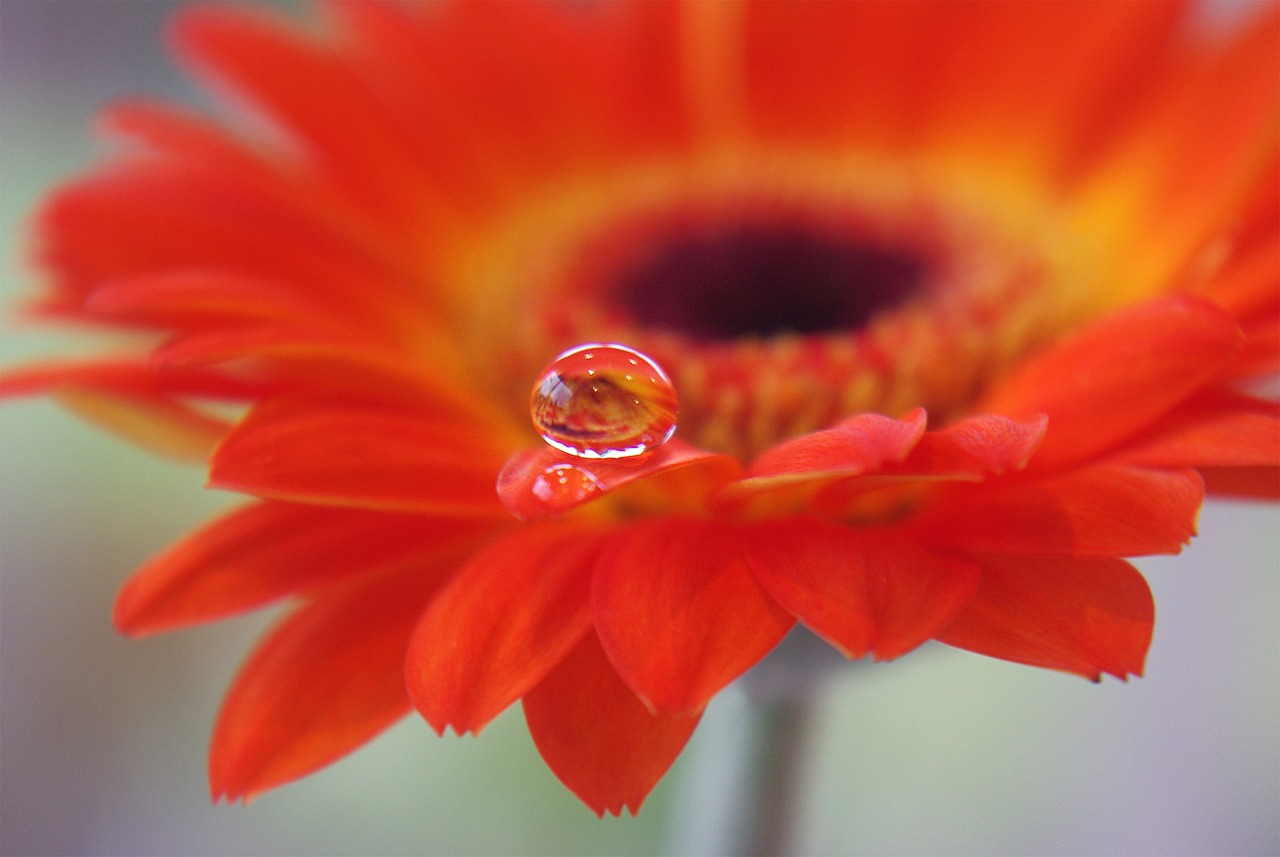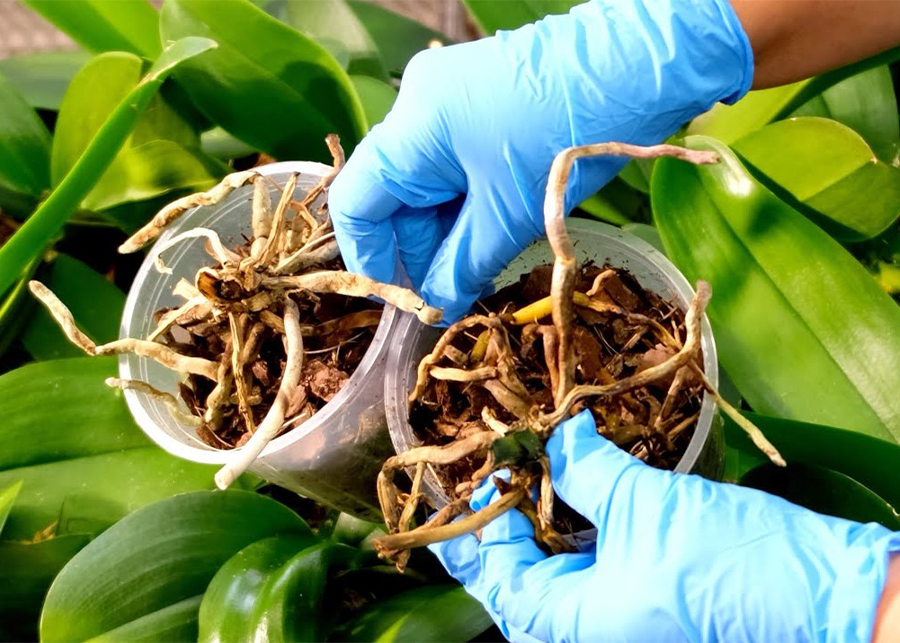Calla lilies are beautiful and elegant plants that can add a touch of sophistication to any garden or indoor space. To ensure their successful growth and care, it is important to follow a few essential steps. In this article, we will guide you through the process of growing and caring for your calla lily plants, from choosing the right location to managing common pests and diseases.
The first step in growing healthy calla lilies is to select the right location for planting. Calla lilies thrive in sunny spots with well-draining soil. Before planting, prepare the area by removing any weeds or debris and loosening the soil to ensure optimal growth and blooming.
Proper watering and fertilization are crucial for the health and vitality of calla lilies. These plants require consistent moisture, but overwatering should be avoided to prevent water-related issues. Additionally, regular fertilization is necessary to promote healthy growth and blooming.
When it comes to watering calla lilies, it is important to use proper techniques to maintain the right moisture levels in the soil. Deep watering is recommended, allowing the water to penetrate deeply into the root zone. Mulching around the plants can also help retain moisture and prevent excessive evaporation.
Overwatering can be detrimental to calla lilies, leading to root rot and other problems. To prevent overwatering, adjust the watering frequency based on the moisture needs of the plants. Additionally, ensure that the soil has good drainage to avoid waterlogged conditions.
Calla lilies benefit from regular fertilization to support their growth and blooming. Choose a balanced fertilizer specifically formulated for flowering plants and apply it according to the package instructions. Organic alternatives, such as compost or well-rotted manure, can also be used to enrich the soil. It is advisable to conduct a soil test to determine the nutrient deficiencies and adjust the fertilization accordingly.
Like any other plant, calla lilies are susceptible to pests and diseases. Common issues include aphids, snails, and fungal infections. Regular inspection of the plants is essential to identify any signs of infestation or disease. Effective prevention methods, such as using insecticidal soaps or organic pest control products, can help keep your calla lilies healthy and pest-free.
By following these essential steps, you can ensure the successful growth and care of your calla lily plants. From choosing the right location to providing proper watering and fertilization, and managing pests and diseases, your calla lilies will thrive and reward you with their stunning beauty.
Choosing the Right Location
When it comes to growing healthy and vibrant calla lilies, choosing the right location is crucial. These beautiful plants thrive in sunny spots with well-draining soil, so it’s important to find the perfect spot in your garden.
Start by selecting an area that receives at least six hours of direct sunlight each day. Calla lilies love the warmth and brightness of the sun, which helps them produce stunning blooms. Additionally, make sure the soil in the chosen location drains well. Calla lilies don’t like to sit in waterlogged soil, as it can lead to root rot and other issues.
To prepare the planting area, begin by removing any weeds or grass. Clear the area to create a clean and open space for your calla lilies to grow. You can use a garden hoe or hand tools to carefully remove any unwanted vegetation.
Next, consider adding organic matter to the soil to improve its drainage and fertility. Compost or well-rotted manure can be mixed into the soil to provide essential nutrients and improve its structure. This will create a favorable environment for calla lilies to establish their roots and thrive.
By choosing a sunny location with well-draining soil and preparing the planting area properly, you can ensure that your calla lilies have the ideal conditions for optimal growth and blooming.
Watering and Fertilization
Watering and Fertilization
When it comes to watering calla lilies, maintaining consistent moisture levels is key. These plants thrive in soil that is evenly moist but not waterlogged. Overwatering can lead to root rot and other water-related issues, so it’s important to strike the right balance.
To ensure proper watering, it’s recommended to water deeply and thoroughly, allowing the water to penetrate the soil and reach the roots. This encourages healthy root development and prevents the plant from becoming too dependent on surface moisture.
In addition to deep watering, mulching can also help retain moisture in the soil. Apply a layer of organic mulch around the base of the plant, such as straw or wood chips, to help regulate soil moisture and prevent evaporation.
When it comes to fertilization, calla lilies benefit from regular feeding to promote healthy growth and blooming. A balanced fertilizer with equal amounts of nitrogen, phosphorus, and potassium is ideal. Apply the fertilizer according to the package instructions, usually every 4-6 weeks during the growing season.
It’s important not to over-fertilize calla lilies, as this can lead to excessive foliage growth at the expense of flowers. If in doubt, it’s always better to err on the side of caution and apply less fertilizer rather than more.
Alternatively, organic fertilizers can also be used to nourish calla lilies. Compost, well-rotted manure, or organic plant food can provide the necessary nutrients in a natural and slow-release form.
Before applying any fertilizer, it’s a good idea to perform a soil test to determine the nutrient levels and pH of the soil. This will help you determine the specific needs of your calla lilies and make any necessary adjustments.
Proper Watering Techniques
When it comes to watering your calla lilies, it’s important to follow proper techniques to ensure their healthy growth and prevent any water-related issues. Here are some watering techniques that you can explore:
- Deep Watering: Instead of giving your calla lilies frequent shallow waterings, it’s better to water them deeply. This means providing a thorough soaking to the soil, allowing the water to penetrate deeply and reach the roots. Deep watering encourages the roots to grow deeper into the soil, making the plants more resilient.
- Mulching: Applying a layer of mulch around your calla lilies can help retain moisture in the soil and prevent evaporation. Mulch acts as a protective barrier, keeping the soil cool and reducing weed growth. It also helps to regulate soil temperature and moisture levels, creating a more favorable environment for your calla lilies.
By implementing these watering techniques, you can maintain the right moisture levels in the soil, ensuring that your calla lilies thrive and flourish. Remember to monitor the soil moisture regularly and adjust your watering schedule accordingly to meet the specific needs of your plants.
Preventing Overwatering
Overwatering is a common problem that can negatively affect the health and growth of calla lilies. By learning to recognize the signs of overwatering, you can take the necessary steps to prevent this issue and ensure the optimal growth of your plants.
One of the key signs of overwatering in calla lilies is the presence of yellowing or wilting leaves. If you notice that the leaves are turning yellow or becoming limp, it may be a sign that the roots are being suffocated by excess water. Adjusting the watering frequency is crucial in preventing overwatering. Instead of watering your calla lilies on a set schedule, it is important to monitor the moisture levels in the soil. Only water when the top inch of the soil feels dry to the touch.
In addition to adjusting watering frequency, improving soil drainage is another effective way to prevent overwatering. Calla lilies prefer well-draining soil, so if your soil tends to retain water, it is important to amend it with organic matter or perlite to improve drainage. This will help prevent water from pooling around the roots and causing root rot.
By being vigilant and taking the necessary steps to prevent overwatering, you can ensure the health and vitality of your calla lilies, allowing them to thrive and produce beautiful blooms.
Fertilizing for Optimal Growth
Fertilizing for Optimal Growth
When it comes to fertilizing calla lilies, choosing the right types of fertilizers and applying them at the correct times is crucial for achieving maximum growth and blooming. Let’s explore the best fertilizers for calla lilies and when to use them.
1. Slow-release granular fertilizers: These fertilizers provide a steady supply of nutrients over an extended period. Apply them in early spring when new growth starts and again in midsummer.
2. Water-soluble fertilizers: These fertilizers are quickly absorbed by the plants, providing an instant nutrient boost. Use them every two to three weeks during the growing season.
3. Organic alternatives: If you prefer organic options, consider using compost or well-decomposed manure. Apply them in early spring and throughout the growing season.
Soil testing is essential for determining the specific nutrient requirements of your calla lilies. Conduct a soil test before fertilizing to identify any deficiencies or imbalances. This will help you choose the appropriate fertilizers and adjust the application rates accordingly.
Remember, over-fertilizing can be harmful to calla lilies, so always follow the instructions on the fertilizer packaging. With the right fertilization practices, you can ensure optimal growth and abundant blooming for your calla lilies.
Managing Pests and Diseases
Managing pests and diseases is an important aspect of caring for calla lilies. These beautiful plants can be susceptible to various pests and diseases, including aphids, snails, and fungal infections. It is essential to identify these common problems early on and take appropriate measures to protect your plants.
Aphids are small insects that feed on the sap of calla lilies, causing damage to the leaves and flowers. To prevent aphid infestations, you can regularly inspect your plants and remove any affected leaves or flowers. Additionally, you can use insecticidal soap or neem oil to control aphids.
Snails are another common pest that can damage calla lilies. These slimy creatures feed on the leaves and can leave behind unsightly holes. To manage snails, you can create barriers around your plants using copper tape or crushed eggshells. You can also handpick snails and dispose of them away from your garden.
Fungal infections, such as powdery mildew and root rot, can also affect calla lilies. These diseases can cause leaf discoloration, wilting, and overall decline in plant health. To prevent fungal infections, ensure proper air circulation around your plants by spacing them adequately. Avoid overwatering and water the plants at the base to prevent moisture on the leaves. If fungal infections occur, you can use fungicides specifically formulated for calla lilies.
Regularly monitoring your calla lilies for pests and diseases and taking prompt action can help keep your plants healthy and thriving. By implementing preventive measures and using appropriate treatments, you can ensure that your calla lilies remain vibrant and beautiful.
Winter Care and Maintenance
Winter care and maintenance is crucial for the survival of your calla lilies during the cold months. By following expert tips, you can ensure that your plants are well-prepared and protected, allowing them to thrive in the next growing season.
One important aspect of winter care for calla lilies is proper pruning. After the plants finish blooming, it is recommended to trim back the foliage to about 2 inches above the soil level. This helps prevent the spread of diseases and pests during the dormant period.
Another key step in winter care is protecting the bulbs. Calla lily bulbs are sensitive to cold temperatures and frost, so it’s important to provide them with adequate insulation. You can do this by covering the planting area with a layer of mulch or straw. This helps maintain a more stable temperature and protects the bulbs from freezing.
Lastly, storing the bulbs in a cool, dry place is essential for their survival. Once the foliage has been pruned, carefully dig up the bulbs and clean off any excess soil. Place them in a well-ventilated container or paper bag, and store them in a cool, dry location such as a basement or garage. Make sure the temperature remains above freezing but below 50°F (10°C) to prevent premature sprouting.
By following these winter care and maintenance practices, you can ensure the survival of your calla lilies and enjoy their beautiful blooms in the next growing season.
Pruning and Bulb Protection
Pruning calla lilies after they finish blooming is essential for maintaining their health and promoting future growth. To properly prune your calla lilies, start by removing any dead or yellowing leaves and flowers. Use clean, sharp pruning shears to make clean cuts at the base of the stem. This will help prevent the spread of diseases and pests.
After pruning, it’s important to protect the bulbs from cold temperatures and frost damage during the winter months. One method is to apply a layer of mulch around the base of the plants. This will insulate the bulbs and help regulate the soil temperature. Additionally, you can dig up the bulbs and store them indoors during the winter. Place the bulbs in a cool, dry place, such as a basement or garage, where the temperature remains above freezing.
When storing the bulbs, make sure to clean off any excess soil and allow them to dry for a few days. Then, place the bulbs in a container filled with peat moss or vermiculite. Make sure the bulbs are not touching each other to prevent rotting. Store the container in a cool, dark place with a temperature between 40-50°F (4-10°C) and a humidity level of around 50-60%. Check on the bulbs periodically to ensure they are not drying out or developing mold.
Storing Calla Lily Bulbs
Storing calla lily bulbs properly during the winter months is crucial to ensure their viability for future planting. By following the best practices for storage, you can protect the bulbs from damage and ensure their successful growth in the next growing season.
One important factor to consider when storing calla lily bulbs is the ideal temperature. The bulbs should be kept in a cool location with temperatures ranging between 40 to 50 degrees Fahrenheit (4 to 10 degrees Celsius). This temperature range helps maintain the bulbs’ dormancy and prevents premature sprouting.
In addition to temperature, humidity conditions also play a significant role in storing calla lily bulbs. The ideal humidity level for storing these bulbs is around 50 to 60 percent. Too much moisture can cause rotting, while low humidity can lead to dehydration and shriveling of the bulbs. You can use a humidity gauge or hygrometer to monitor and maintain the appropriate humidity levels.
To store calla lily bulbs, you can use various methods. One common approach is to place the bulbs in a well-ventilated container filled with a moisture-absorbing material like peat moss or vermiculite. Make sure the bulbs are not touching each other to prevent the spread of diseases or rot.
Label the container with the variety and date of storage to keep track of the bulbs. Store the container in a cool, dry place like a basement or garage. Avoid storing the bulbs near fruits or vegetables, as they release ethylene gas, which can negatively affect the bulbs’ viability.
By following these best practices for storing calla lily bulbs, you can ensure their health and viability for future planting. Proper storage conditions, including the ideal temperature and humidity, will help protect the bulbs and allow them to thrive when it’s time to plant them again.
Choosing the Right Location
When it comes to growing and caring for your calla lilies, choosing the right location is crucial. These beautiful plants thrive in sunny spots with well-draining soil. Before planting, make sure to prepare the area properly to ensure optimal growth and blooming.
Calla lilies prefer full sun, so find a location in your garden that receives at least six hours of direct sunlight each day. If you live in a hot climate, some afternoon shade can be beneficial to protect the plants from scorching. As for the soil, calla lilies require well-draining soil to prevent waterlogging, which can lead to root rot. You can improve soil drainage by adding organic matter, such as compost or peat moss, to the planting area.
Additionally, consider the aesthetic aspect when choosing the location for your calla lilies. These elegant flowers can be a beautiful addition to flower beds, borders, or containers. They also make stunning cut flowers, so planting them near your patio or in a flower garden where you can enjoy their beauty up close is a great idea.
To summarize, choose a sunny spot with well-draining soil for your calla lilies. Prepare the planting area by improving soil drainage and consider the visual impact of your chosen location. By providing the right conditions, you’ll set the stage for healthy growth and abundant blooms.
Frequently Asked Questions
- Q: What is the ideal location for growing calla lilies?
- Q: How often should I water my calla lilies?
- Q: How do I prevent overwatering my calla lilies?
- Q: What type of fertilizer should I use for calla lilies?
- Q: How can I protect my calla lilies from pests and diseases?
- Q: How should I prepare my calla lilies for winter?
- Q: How do I store calla lily bulbs during winter?
A: Calla lilies thrive in sunny spots with well-draining soil. Choose a location that receives at least six hours of direct sunlight each day.
A: Calla lilies require consistent moisture. Water them deeply once or twice a week, ensuring the soil is evenly moist but not waterlogged. Mulching can help retain moisture.
A: Overwatering can lead to root rot. Adjust your watering frequency based on the moisture levels in the soil. Improve soil drainage by adding organic matter or using raised beds.
A: Use a balanced fertilizer with equal amounts of nitrogen, phosphorus, and potassium. Apply it every four to six weeks during the growing season. Organic alternatives like compost can also be beneficial.
A: Common pests like aphids and snails can damage calla lilies. Use organic insecticides or handpick the pests. Fungal infections can be prevented by ensuring good air circulation and avoiding overwatering.
A: After the foliage dies back, prune the plants to about 2 inches above the soil. Dig up the bulbs, remove excess soil, and store them in a cool, dry place like a basement or garage.
A: Store the bulbs in a well-ventilated container or paper bag. Keep them in a location with temperatures around 50°F (10°C) and moderate humidity. Check them periodically for any signs of rot or damage.




